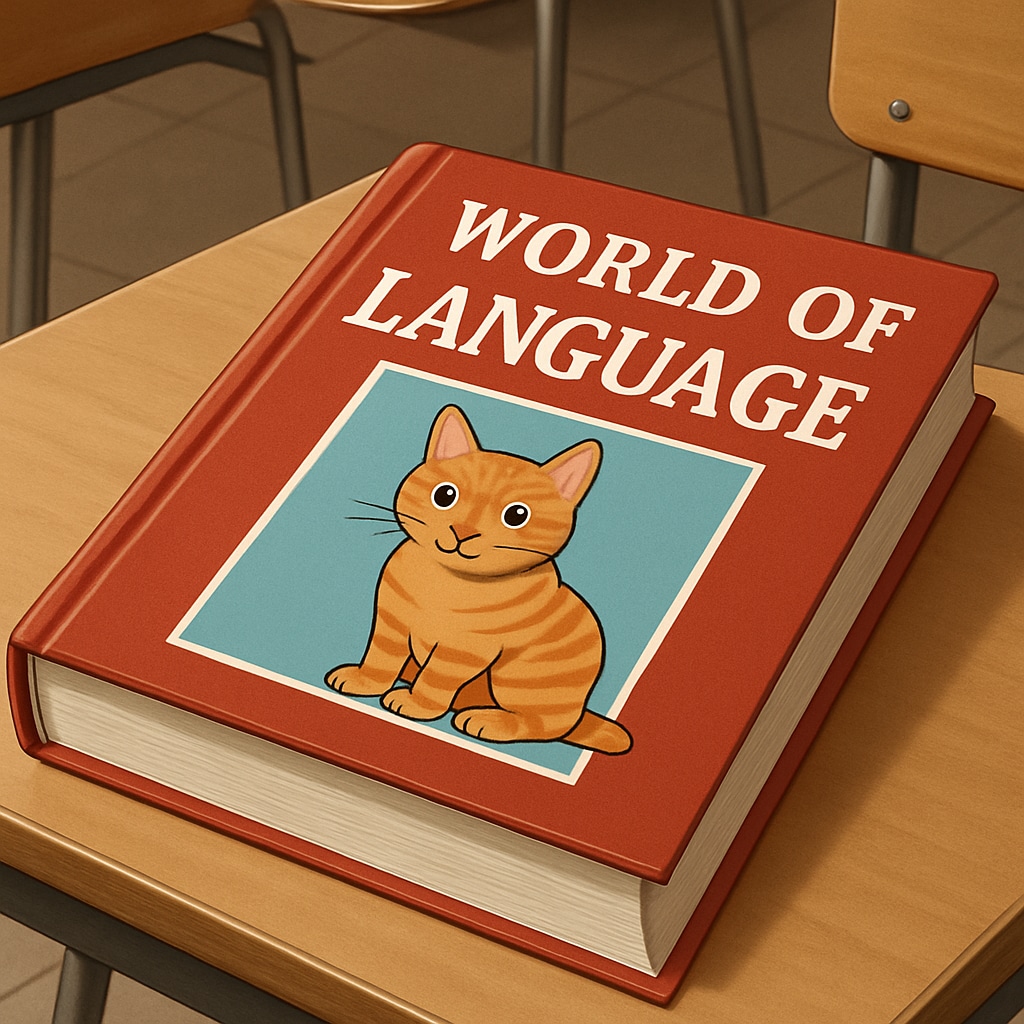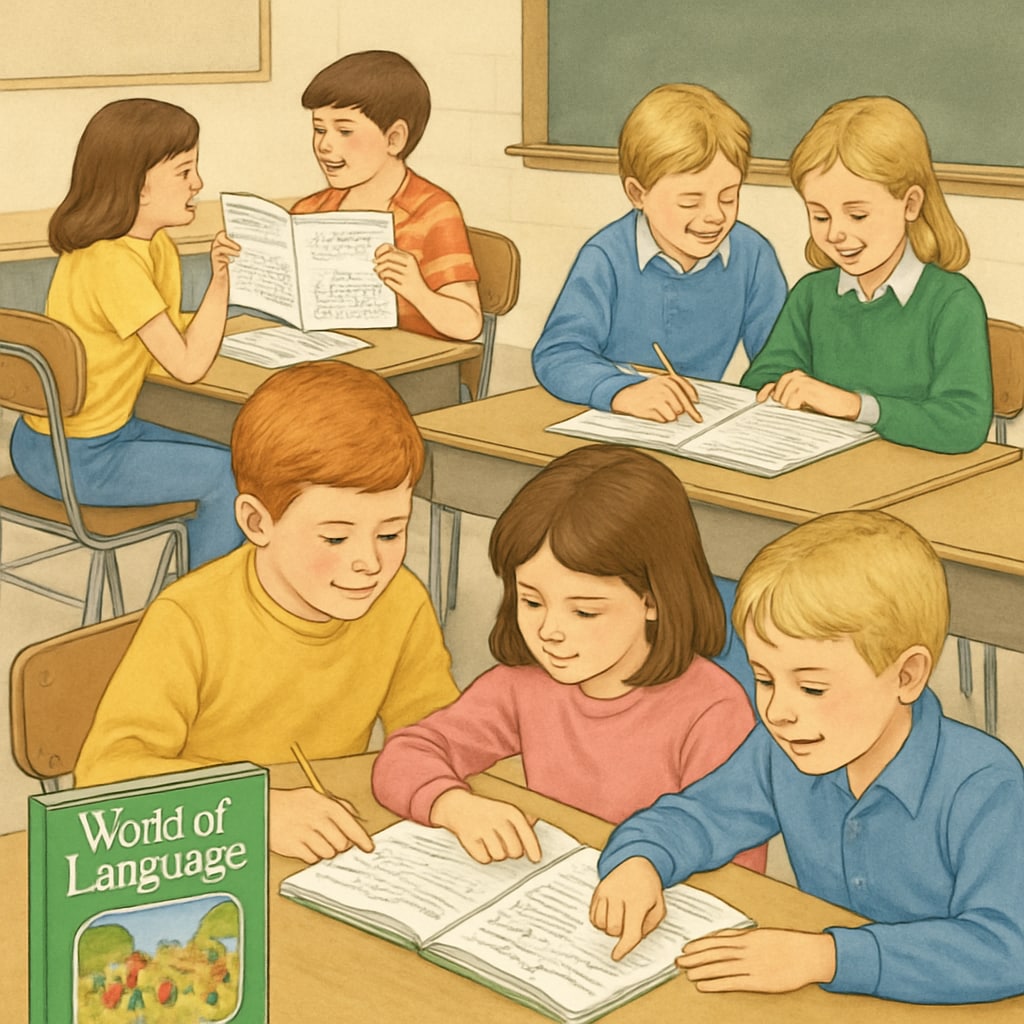The “World of Language” elementary textbooks, with their famous cat-covered third-grade edition, hold a special place in the memories of many who grew up using them. These books, which once formed the backbone of language learning for countless students, were more than mere instructional tools. They were a comprehensive journey into the art and science of communication, blending systematic learning with creativity. In today’s digital age, where educational apps and gamified platforms dominate the landscape, revisiting these textbooks offers valuable insights into the enduring principles of effective language education.
The Unique Appeal of the “World of Language” Series
One of the most memorable aspects of the “World of Language” series was its distinctive design and structure. The third-grade textbook, with its iconic cover featuring a playful cat, was particularly beloved. But beyond the surface charm of its visuals, the series stood out for its well-organized approach to teaching language. Each chapter carefully built upon the previous one, ensuring that students grasped foundational concepts before progressing to more advanced topics.
For example, lessons often combined grammar rules with storytelling, encouraging students to see language as a living, breathing form of expression. This approach helped foster not only technical proficiency but also a genuine appreciation for the beauty and versatility of language. The use of relatable examples and engaging exercises made learning feel less like a chore and more like an adventure.

Enduring Lessons in Language Education
What truly set the “World of Language” series apart was its emphasis on critical thinking and creativity. Unlike many modern resources that favor rote memorization or superficial engagement, these textbooks encouraged deeper learning. Students were prompted to analyze sentence structures, compose their own narratives, and engage in peer discussions. This holistic approach cultivated not just language skills but also broader cognitive abilities.
Moreover, the series integrated scientific principles of reading instruction. For instance, phonics, word recognition, and vocabulary development were seamlessly woven into the curriculum. This systematic method aligns with what modern educators term “scientific reading instruction,” emphasizing evidence-based strategies for literacy development. As a result, the “World of Language” textbooks prepared students for lifelong learning, equipping them with tools to navigate the complexities of communication in various contexts.

Lessons for Today’s Educators
In today’s fast-paced world of digital learning, the principles embodied by the “World of Language” series remain profoundly relevant. While technology offers new opportunities for interactive and personalized education, it also risks fragmenting the learning process. By contrast, the systematic and integrative approach of these textbooks serves as a reminder of the importance of structure, depth, and human connection in education.
For educators and parents, the key takeaway is balance. Combining the best of traditional methods—like those found in the “World of Language” series—with modern tools can create a richer, more effective learning environment. As we navigate the future of education, the wisdom contained within these seemingly simple textbooks continues to inspire and guide.
In conclusion, the “World of Language” elementary textbooks were not just resources; they were gateways to understanding. Through their thoughtful design, engaging lessons, and commitment to nurturing a love for language, they left an indelible mark on generations of learners. As we look back on their legacy, we are reminded of the timeless value of education that prioritizes both heart and mind.
Readability guidance: This article uses short paragraphs, clear transitions, and lists to ensure accessibility. It maintains a balance of active and passive voice, with concise sentence structures for better engagement.


